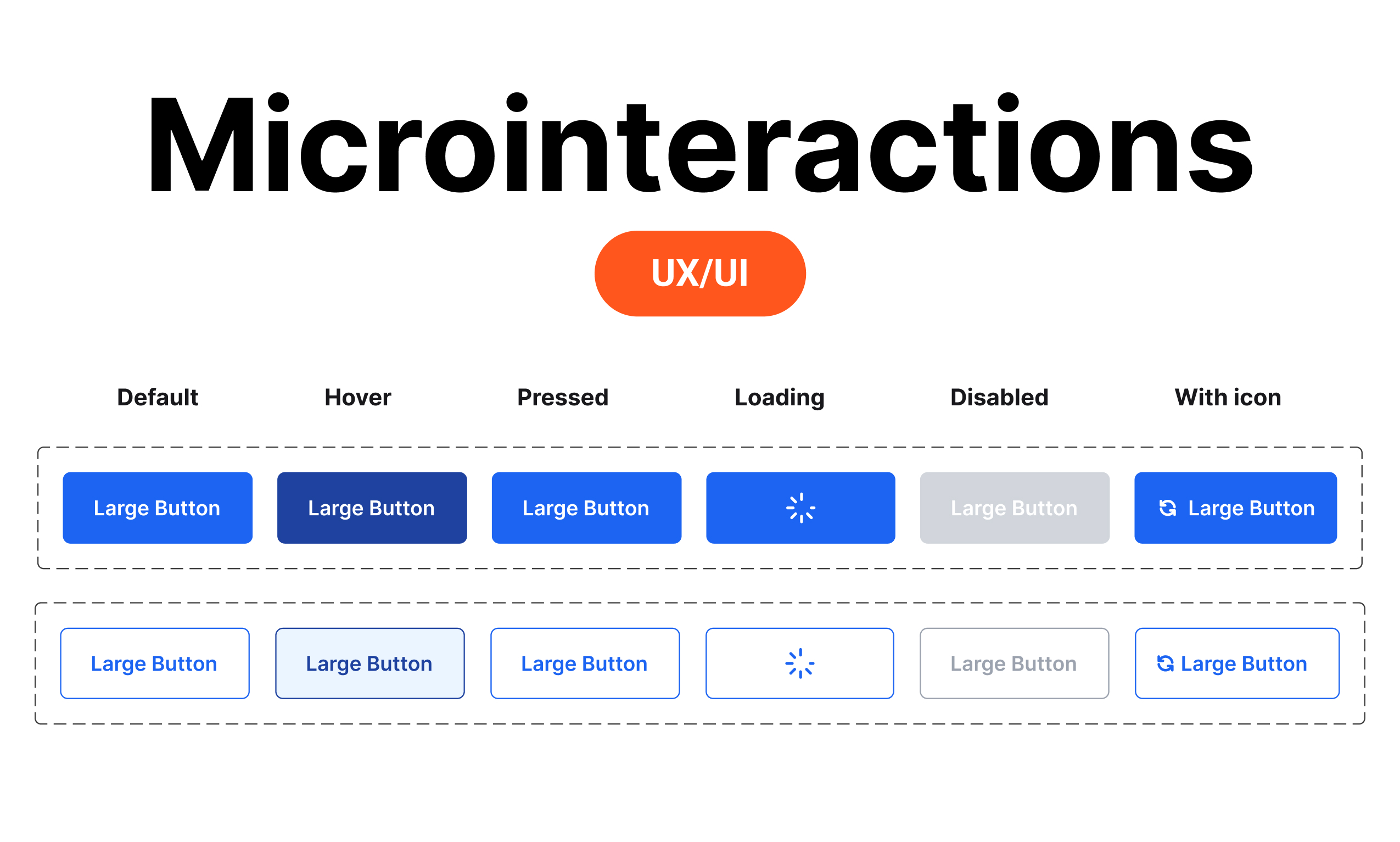Table of Contents
We at Jetruby love design; it’s one of our core areas of expertise. There are hundreds of applications that appear inconvenient and cause problems, especially in the B2B segment. Our clients are happy with our design choices, so in this article, we’ll share with you what we take into account in design and what experience we have gained over time. Buckle up; here are the secrets of effective user interaction.
Easy Navigation
We can’t help but mention the importance of easy and intuitive navigation. Did you know that 70% of online businesses that fail do so because of bad usability? Well, we know how to help you since we at JetRuby pay close attention to interface design. Check out this project, for example. Anyways, let’s get into the practices for achieving easy navigation.
Create Clear and Consistent Menus
When designing your menus, opt for labels that are easy to recognize and understand. Make sure they accurately describe the navigation items. Moreover, think about incorporating visual cues like icons or pop-up messages. These aids can help users quickly identify and choose the items they’re looking for.
Organize Information in a Logical Hierarchy
Make it easy for users to grasp how different sections relate. Arrange your information in a way that makes sense and is easy to follow. Group similar items together and provide clear headings to guide users through the information hierarchy, making their exploration smoother.
Use Breadcrumbs and Sitemaps
Implement breadcrumbs to offer users a clear route back to previously visited pages. This function enables them to retrace their steps with ease. Conversely, sitemaps present an overview of your entire website’s structure. This empowers users to comprehend the layout and navigate directly to specific sections they’re interested in.
Craft Mobile-Friendly Navigation with Responsive Design
Ensure your menus and navigation elements adapt seamlessly to various devices using responsive design principles. Consider incorporating navigation patterns that work well on mobile devices, such as collapsible menus or icons. This enhancement will give users a better experience accessing your content on smaller screens.
Interactive User Feedback
People need to know their opinion is valued and taken seriously. Communication with users is crucial for any business. Here’s how to improve your communication and boost your users’ loyalty.
Provide Instant Feedback for Real-time Interaction
Users receive quick feedback right after they take action. This instant validation is like a nod that reassures them they’re on the right track. Progress indicators and loading animations also play a role in reducing confusion and enhancing the overall user experience. For instance, when users submit a form, a loading animation lets them know that their input is being processed.
Implement Small yet Impactful Microinteractions
Microinteractions are those tiny bursts of feedback that respond to user actions. They’re usually visually pleasing and provide a sense of accomplishment. These interactions help users navigate the interface and make them feel in control. Consider things like button effects when you hover over them, subtle animations, and those helpful little tooltips that pop up to explain something when needed.
Handle Errors with Care
When users encounter problems or make mistakes, communicating clearly is crucial. Error messages should be easy to understand without any confusing technical jargon. Provide practical suggestions on how to fix the issue. Well-written error messages are like signposts, guiding users through what went wrong and showing them how to make it right.
Accessibility
To make your web application accessible for everyone, you should also consider people with impairments and their unique needs. Here’s what can help.
Follow the WCAG Guideline
The Web Content Accessibility Guidelines (WCAG) offer comprehensive requirements for web developers and designers. These guidelines cover a range of aspects, including how easily content can be perceived, operated, and understood, and how technically robust it is.
Enhance Accessibility with ARIA Attributes
Accessible Rich Internet Applications (ARIA) refer to HTML features that enhance the accessibility of web content. By incorporating ARIA properties, you can provide additional information to assistive technologies. This empowers impaired users to navigate and interact more effectively with your web application. ARIA characteristics make screen readers, keyboard navigation, and other assistive technology interactions smoother and more effective.
Explore the world of accessibility in design via this article.
Personalization, Testing, and Continuous Improvements
Keeping your users engaged is a never-ending work requiring adjustments, testing, and further improvements. Check out the practices below.
Implement User-Centric Design
Understanding your audience deeply involves researching their behaviors and creating detailed user personas and journey maps. This helps tailor the interface and content to provide an engaging user experience that resonates personally with each user. Instead of bombarding them with intrusive pop-ups, you offer content that truly matters to them.
Tailor Content and Recommendations
You can offer relevant suggestions and product recommendations by studying user behavior, like search history and purchases. This strategy moves away from generic pop-up messages and focuses on delivering engaging experiences that match individual preferences, resulting in happier users who are more likely to convert.
Empower Users with Adaptive Interfaces
Letting users adjust elements like font size, colors, and layouts gives them a sense of control. Adaptive interfaces allow people to shape their interaction with the website or app, enhancing user satisfaction.
Test for Smooth Interaction
Usability testing involves observing how users interact with your web application. This uncovers pain points, gathers feedback, and validates design choices. By putting real users through their paces, you gain insights into areas that need improvement and ensure your app meets their needs. Read more about user testing here.
Welcome User Feedback
Actively seek input from users through surveys, interviews, and feedback. Just encourage them to share their thoughts and suggestions. Collecting this feedback uncovers usability challenges and helps you prioritize changes that align with user expectations.
A Cycle of Improvement
Adopt an iterative approach by continuously refining your design based on feedback and user behavior analysis. Insights from usability tests and user feedback guide your decisions, allowing you to focus on enhancements that genuinely matter to your users.
Final Thoughts
Understanding how users interact with web applications is crucial for your success. When designing web apps, you have the power to make a real difference in capturing and engaging users. Check out how JetRuby implements these design practices on our Dribble and Behance. Feel free to follow and get inspired!












